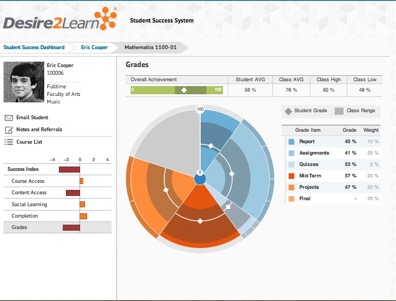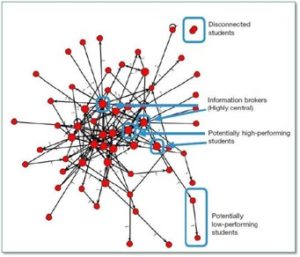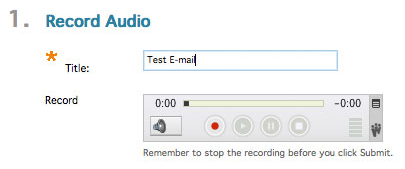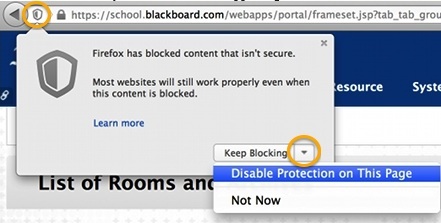Martha McKenna is a professor at Lesley University and the Director of the Creativity Commons. As part of her work to support creative exploration in teaching and learning across the university, McKenna is currently heading up a two-year grant-funded project called the Visual Literacy InFUSION Project. This cross-division collaboration aims to support faculty across the university in recognizing, promoting and evaluating non-traditional visual and media literacies in their classroom practice. As the project heads into its second year, we caught up with McKenna to see what role academic technology has played in the Visual Literacy project so far, and how it might intersect with the project’s goals going forward.
[eLIS]: The faculty involved in the Visual Literacies project are a diverse group from across the university, all with busy schedules and other priorities. How have Lesley’s academic technology resources helped to facilitate the project despite these challenges and lay the foundation for an authentic group collaboration?
[McKenna]: Academic technology played a critical role in connecting faculty across the university in the Visual Literacy InFUSION Project. Through myLesley, we were able to create a learning community where communication was centralized, and where all resources were made available and easily accessible. We have also been able to capture all of our faculty’s activity in the community’s Blogs. The eLIS staff helped us think through how best to utilize myLesley, and helped us to adapt the tools to suit our unique purposes.
[eLIS]: What do you see as the biggest challenges that lay ahead as the Visual Literacies project moves into its second year and scales up to reach more instructors and classrooms across the University?
[McKenna]: We are excited to move forward with the Visual Literacy InFUSION Project across the undergraduate schools. Since the Project encourages faculty to integrate text and image more creatively in their teaching and learning environments, faculty will naturally be expanding their use of digital resources in the classroom, and many could require exposure and training to support this evolution in their practice. We will also be counting on myLesley to help us reach and coordinate the efforts of greater numbers of faculty across the undergraduate schools.
[eLIS]: With the success of the project so far in a select sample of face-to-face classrooms, do you see potential for this work to impact distance education and online instructional practices at Lesley University?
[McKenna]: The Visual Literacy InFUSION Project provides an opportunity for all faculty to think about how digital resources can expand the engagement of students in learning and expressing what they know through text and images using new media. This transformation away from text-centered instruction can only expand the way we look at online learning resources and delivery of instruction. And since our approach has students become active agents in their own learning through project-based assignments, it is perfectly suited to create new possibilities in Lesley’s online learning environments.





